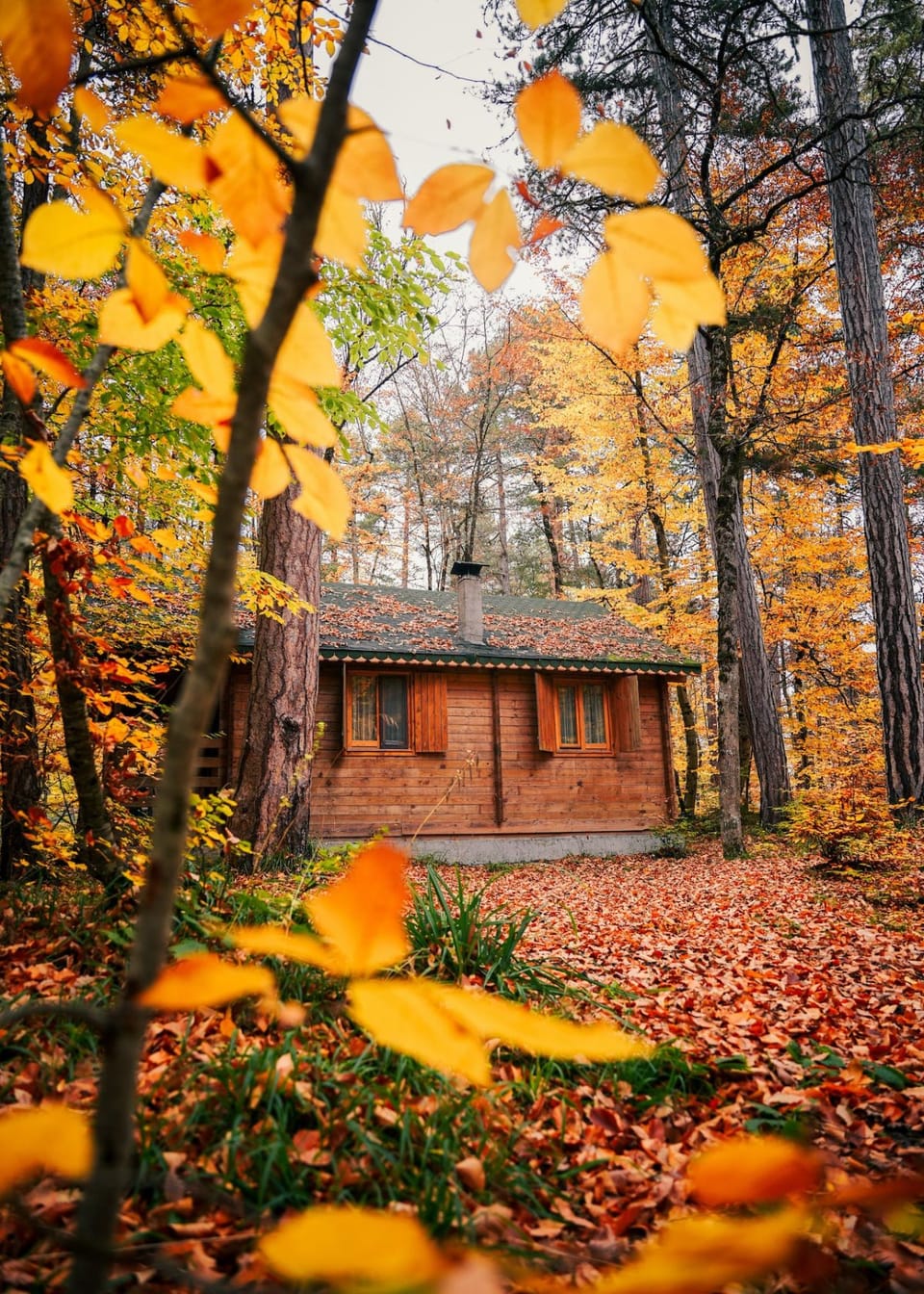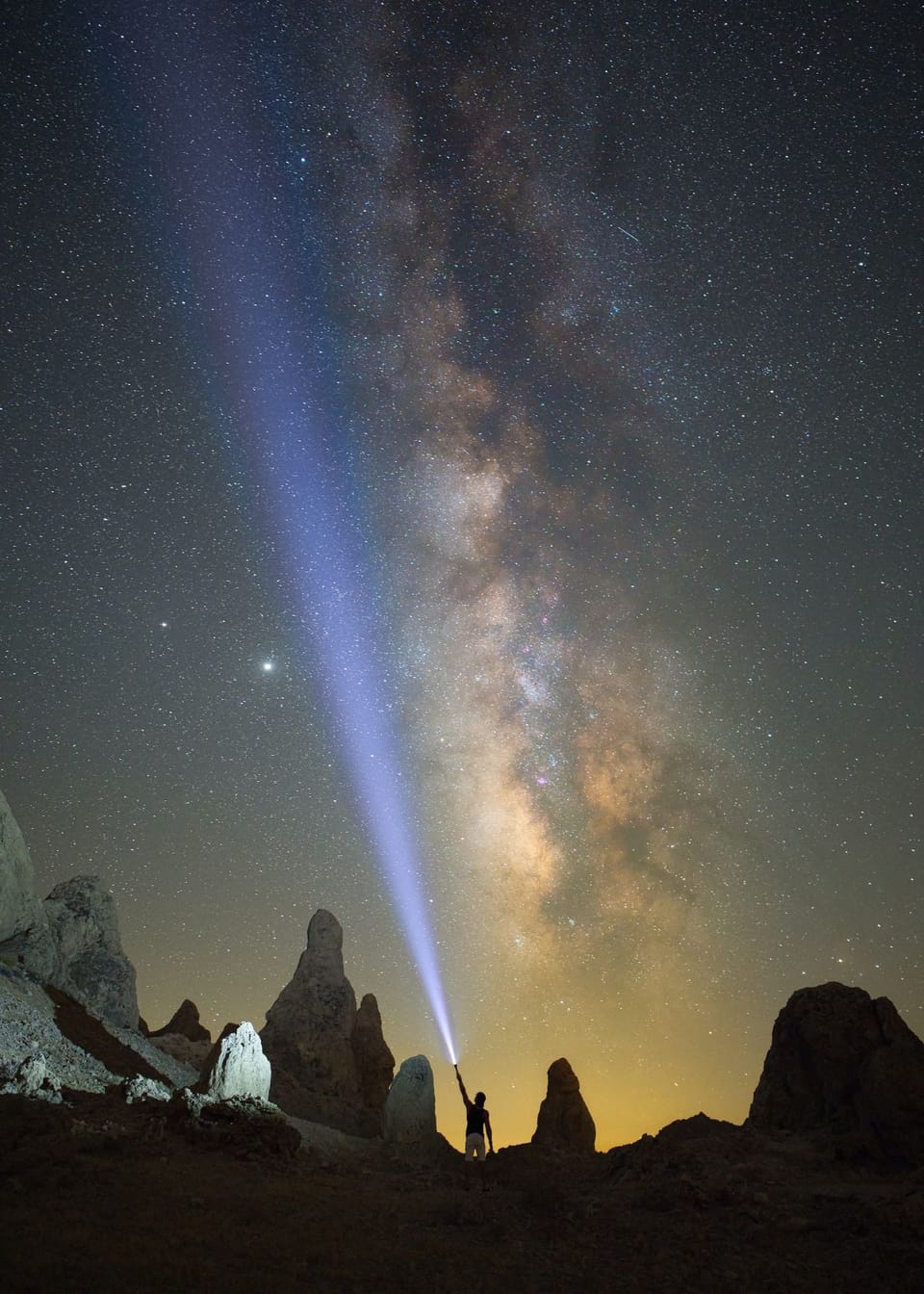How To Hide Trail Cameras From Humans
Do you have a passion for photography and wildlife. Nothing will bring you closer to animals natural habitat than a trail camera.
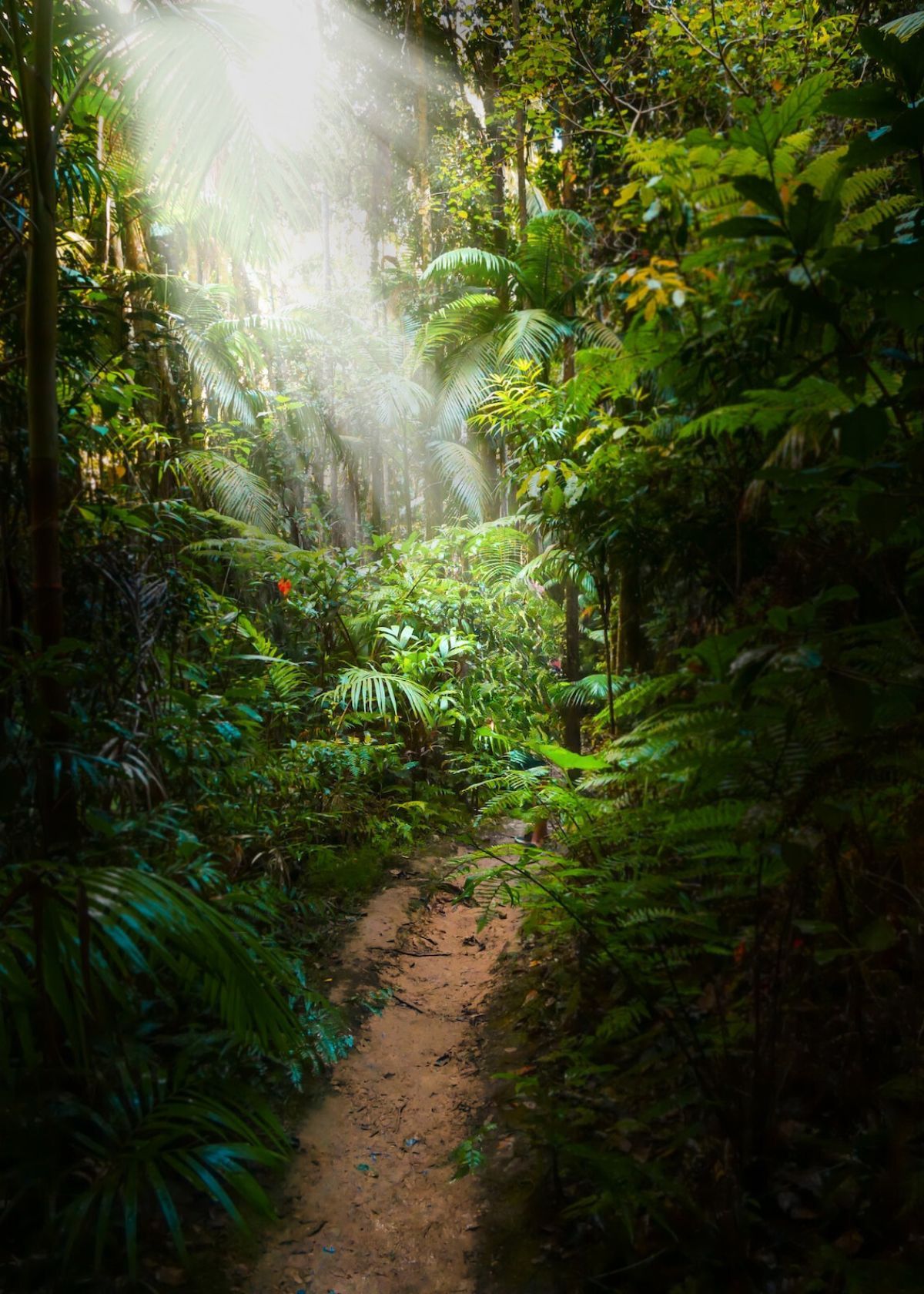
Do you want to keep those pesky humans away from your trail camera?
Have no fear! We’ve got some tricks up our sleeves that will help you outsmart even the most sneaky of trespassers. From camouflaging your device and using sound deterrents, to cleverly setting up an array of cameras – these are surefire ways to keep potential invaders far away from your security system.
With these tips, you can easily hide a trail camera in plain sight without any human detection. Keep wildlife photos safe while impressing all with your camouflage skills!
Check out our guide on how to hide a trail camera now and be one step closer to becoming a master magician!
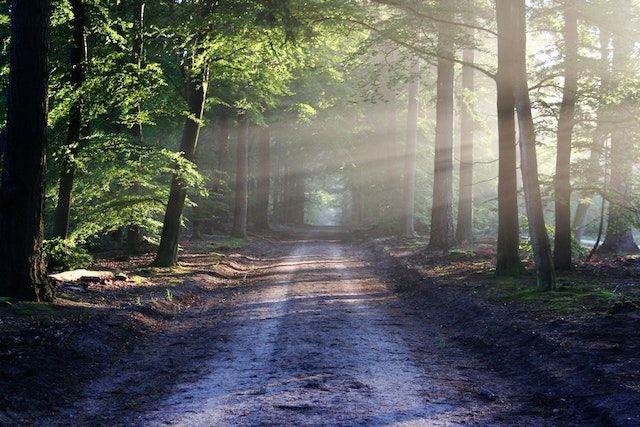
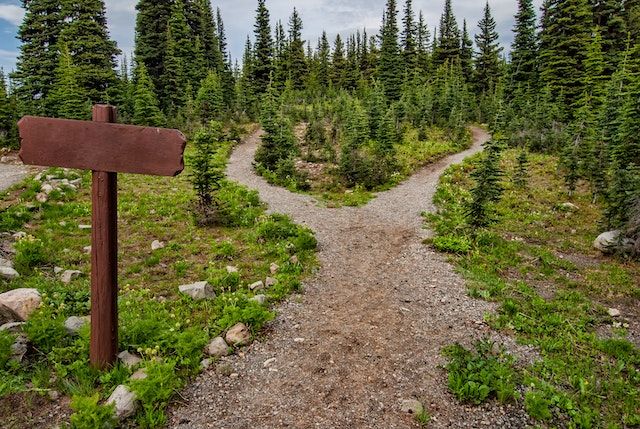
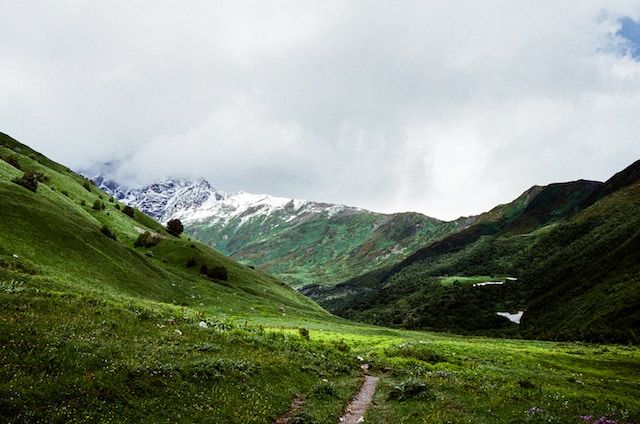
What Is A Trail Camera
A trail camera is a popular gadget for anyone who enjoys hunting, wildlife, nature and generally spending time outdoors.
These cameras allow hunters and nature enthusiasts to capture images and track wildlife in the outdoors with minimal disruption to their natural activities.
Individuals can use trail cameras to capture breathtaking images of animals for scouting purposes.
To get the most out of your trail camera, learn more about how they work, what they need to function and how they can enhance your outdoor activities.
How Does A Trail Camera Work
Cellular trail cameras are those cameras that use 3G, 4G, 5G or other cellular network to transmit data, with the purpose to monitor the activities of wildlife in hunting spots.
These cellular hunting cameras require specific networks to transmit data. That is to say, you need cellular trail cameras data plans before application.
Most cellular game trail cameras are equipped with sensitive sensors for motion detection to capture every significant motion. Once motions are detected, cellular capable trail cameras record images and send immediate notifications to you by phones or emails.
Normally, cellular trail cameras are installed in outdoor environment. It will be impractical to use power adapters and route cables for power supply. As a result, cellular trail game cameras are mostly wire-free and they are mainly battery-powered and solar-powered.
Though usually cellular enabled trail cameras are applied in hunting spots, they can act as cellular trail cameras for security use after hunting seasons.
Land owners or leasers can continue to use cellular trail cameras to help safeguard lands and make in-time actions once break-ins, burglary or other illegal actions are detected.
How To Hide Trail Cameras From Humans
If you're looking for ways to hide your trail camera from humans, there are a few strategies you can use. One of the best ideas is to use birdhouses, tree stumps, and fake rocks.
The key to each of these methods is the ability to blend in with the environment. Camo tape is also an effective way to conceal your camera. You can also hang your camera higher up or disguise it as something else like a branch or log.
No matter which method you choose, it's important that you talk to locals about the area and consider the flash when selecting a hiding spot for your trail camera.
With some creativity and careful planning, you'll be able to keep your trail camera hidden from humans while still capturing great footage!
How To Choose A Trail Camera
Types Of LEDs
In order to capture videos or images in the dark, camera traps use infrared LEDs to illuminate the subject with little to no visible light used. There are two main types of LED flash systems that trail cameras use. These are No Glow and Low Glow.
No Glow LEDs produce very little visible light and so are almost completely undetectable by the subject. Low Glow LEDs produce a faint red glow and so are not completely invisible, which can sometimes alert animals such as deer and foxes.
However, they do have the benefit of being able to illuminate better over a longer distance.
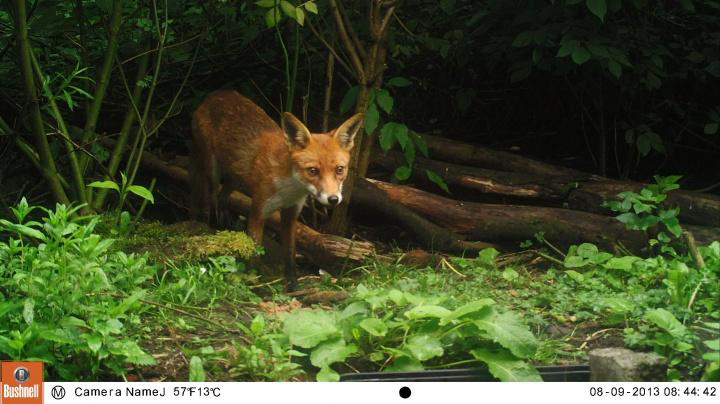
Trigger Speed
Trigger speed is the time taken for the camera to take a photo once it has detected movement. If you are aiming to capture a fast-moving subject, then a quicker trigger speed (below 0.3 seconds) will enable you to achieve these photos before your subject has moved out of frame.
Recovery Time
Recovery time is the time taken for the camera to process an image and become ready to take a second photo. If you want to capture multiple images of a subject as it comes into view of your camera, then a shorter recovery time will allow for this.
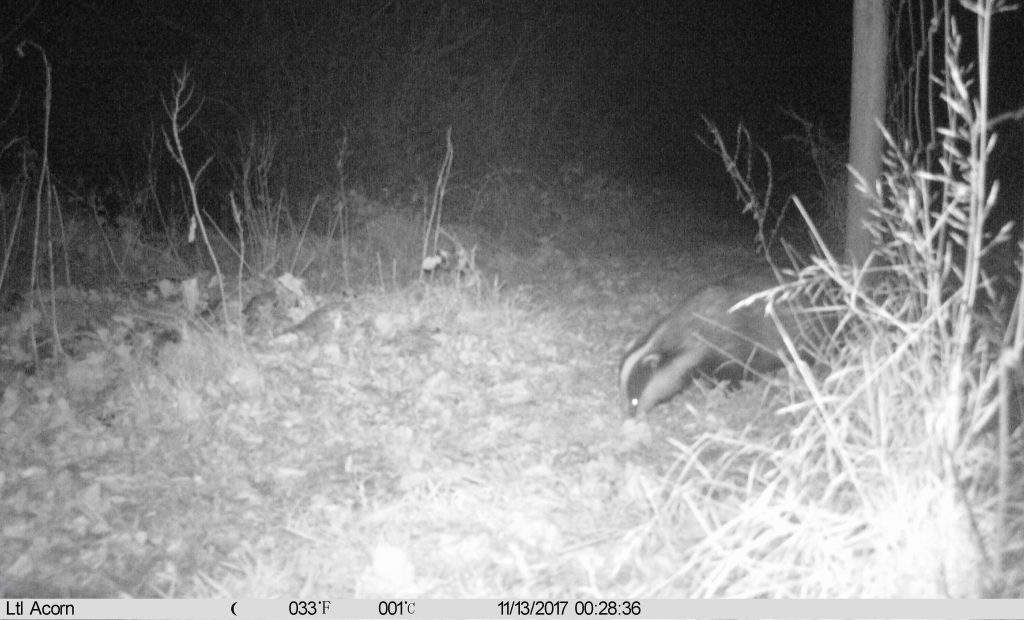
Hybrid Mode
Hybrid mode allows the camera to take videos and photos simultaneously. A camera with this capability may be useful if you want to get as much footage as possible of anything that falls into frame of the camera. If you are more interested in capturing only photographs or only videos, this mode may not be an important feature.
Resolution and Interpolation
The quality of the images and videos that your trail camera can take will depend on its resolution. Most cameras have settings that can alter the resolution either, decreasing it through compression, or increasing it through interpolation.
Compression is useful if you want to deploy your camera for a long time and memory card capacity may become an issue, whereas interpolation can produce a larger image by adding pixels. The best way to compare the quality of images between cameras is to look at sample photos and videos.
The displayed megapixel value is often resolution as a result of interpolation. The true resolution of the image sensor can usually be found in the specifications as the true sensor resolution.
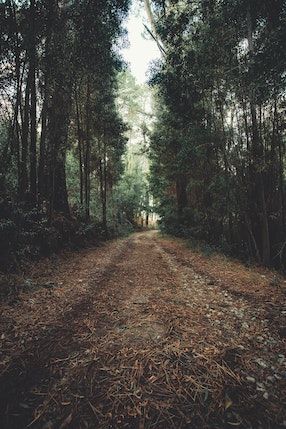


Trail Cameras FAQs
Have you been scouring the internet for answers about trail cameras, but on every page you end up with more questions than answers?
With so much conflicting info out there, it can be hard to figure out what trail camera is best for you and how to use it properly. Most people don’t know where to start and their purchase ends up being a complete waste of money.
Get the answers you need quickly and easily with our compendium of frequently asked questions about trail cameras. Get informed and make the right purchase decision so your outdoor adventuring is more successful than ever!
What is the trigger speed of a trail camera?
Trigger speed is how quickly a trail camera detects and captures an image after it senses motion. The faster the trigger speed, the more likely it is that you will get a clear picture of whatever triggered it. Most trail cameras have trigger speeds ranging from 0.2 seconds to 0.7 seconds.
How much does a cellular trail camera plan cost?
Cellular trail camera plans typically cost between $22.99 and $34.99 per month depending on the number of cameras you have connected to your plan and whether you pay monthly or annually for service fees.
What are the different capture modes for a trail camera?
Most modern trail cameras offer several different capture modes including Trail Cam mode which captures images during the day only; Timelapse+ mode which allows you to set up intervals for taking pictures throughout the day.
Multi-Shot mode which takes multiple photos in quick succession; and Burst Mode which takes multiple photos in rapid succession when motion is detected within its field of view.
To conclude, hiding your trail camera is a great way to ensure that no one discovers your surveillance activities. By strategically positioning the camera and using camouflage or natural cover, you can keep your device hidden from human eyes.
When it comes to guarding your equipment from animals, a few of simple steps like covering the lens with a cloth or using motion-sensing lights can help protect your camera from unwanted visitors.
With these tips in mind, you should be well on your way to creating an effective trail camera setup that will keep you informed of any movements near your property.
We've done the research so you don't have to! To browse our Top Picks for Best Trail Cameras please click the link below!

Your Friends,
LoveNatureReviews Team



